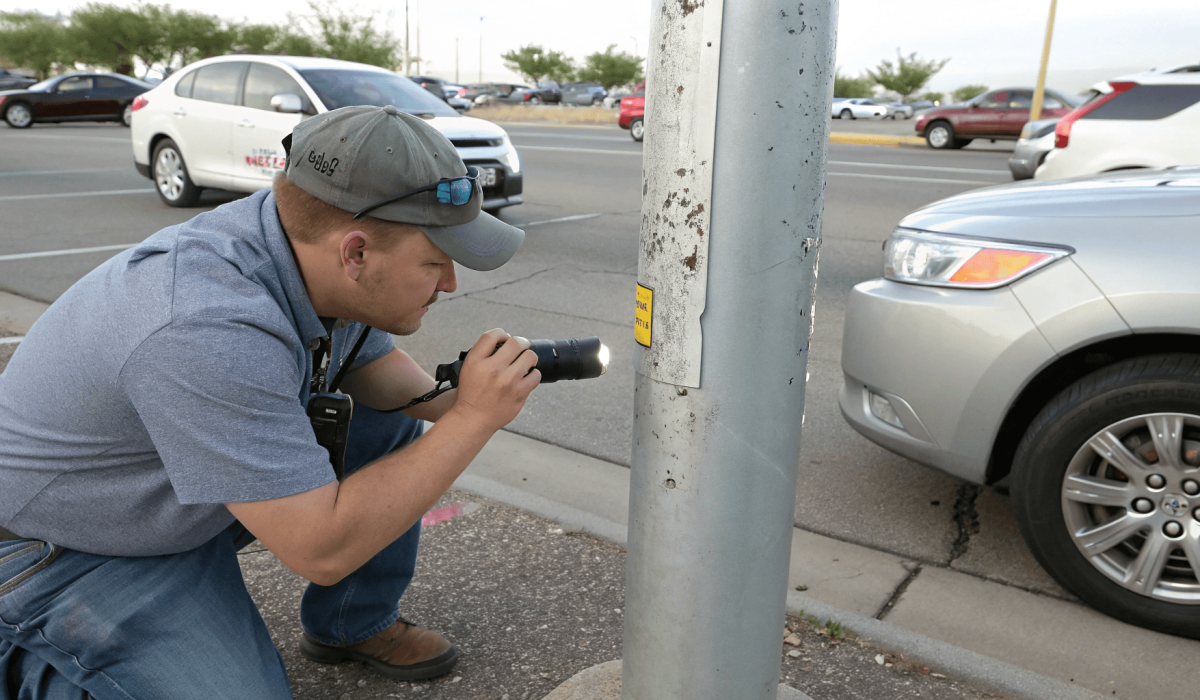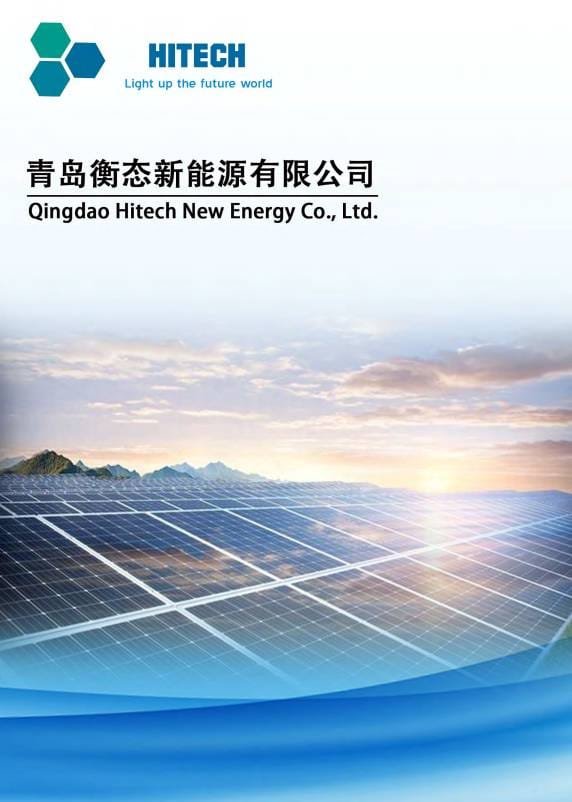Suppliers love to highlight the positives—no rust, lightweight design, sleek finishes. But the field reality? There are trade-offs that glossy brochures won’t mention.
Aluminum light poles are a smart investment—when you understand their real-world performance limits.
Drawing from 15 years of project experience, I’ll break down what actually matters before you buy—covering durability, installation quirks, ROI, and when aluminum might not be your best option.
The Truth About Aluminum Pole Durability
We all know aluminum resists rust. But is that the full picture?
Aluminum poles resist corrosion, but can suffer dents, fatigue, and structural weaknesses under specific conditions.
From my on-site experience, here’s what many buyers overlook:
- Dents and Deformation – Softer than steel, aluminum dents more easily, especially in parking lots or high-traffic zones.
- Structural Fatigue – Wind-induced vibrations over years can create fatigue cracks, often around access doors.
- Temperature Extremes – Expansion and contraction in very hot or cold climates can stress fasteners or thin sections.
- Reinforcement Needs – High poles or installations in wind-prone zones require thicker walls or stiffeners—never assume all aluminum poles suit all sites.
Why Not All Aluminum Poles Are Equal
At first glance, all aluminum poles may look alike. The real difference is inside.
Quality depends on alloy grade, wall thickness, and manufacturing precision.
Key differentiators:
- Alloy Composition – High-grade 6061-T6 or 6005-T5 aluminum offers superior tensile strength. Low-grade blends save cost but reduce performance.
- Wall Thickness – Thinner walls lower cost but compromise safety. Always check spec sheets.
- Extrusion Quality – Poor extrusion causes internal weak points. Look for uniform wall thickness and smooth internal surfaces.
- Price vs. Value – Cheap poles may bend, corrode internally, or fail in moderate wind loads—performing worse than galvanized steel.
Installation Surprises You Should Plan For
Yes, aluminum is lighter and easier to handle. But improper prep leads to costly problems.
Installing aluminum poles requires compatible anchors, galvanic protection, and sometimes engineering sign-off.
Field-proven advice:
- Incompatible Base Plates – Retrofitting can be tricky; anchor patterns often differ from steel.
- Galvanic Corrosion – Aluminum touching steel with moisture present corrodes rapidly. Use insulating washers or coatings.
- Foundation Depth Variations – Aluminum’s lighter weight sometimes reduces foundation needs, but codes vary—verify with local authorities.
- Code Compliance – Seismic or wind-zone installations may require structural drawings and approval.
Aluminum Pole Costs vs. Lifecycle ROI
Many clients focus on the higher upfront price. That’s short-sighted.
Aluminum poles cost more initially—but their low maintenance and long service life often mean lower total ownership cost.

Long-term advantages:
- No Rust Maintenance – No repainting or recoating.
- Extended Lifespan – Steel lasts 15–20 years; aluminum can reach 30–50 years.
- Lower Labor Costs – Fewer inspections and service visits.
- Faster Payback – Many coastal or humid-region projects recoup the extra cost in 5–10 years.
Balancing Aesthetics and Performance
Attractive doesn’t always mean durable.
Decorative aluminum poles can underperform if finishes or wall thickness are compromised.
Points to verify:
- UV-Resistant Coatings – Prevents fading within 2–3 years.
- Structural Integrity in Decorative Models – Some designs reduce strength—ask for engineering data.
- Repainting Challenges – Aluminum needs special primers; confirm finish warranties before purchase.
When Aluminum Poles Aren’t the Right Choice
Even with all the benefits, aluminum isn’t a one-size-fits-all solution.
Certain high-load, high-impact, or grounding-dependent applications favor steel.

Cases where I recommend steel instead:
- Ultra-High Masts (20m+) – Steel withstands greater wind and fixture loads.
- High-Collision Areas – Crash-rated steel offers better safety.
- Direct Grounding Needs – Steel grounds naturally; aluminum requires extra wiring.
- Heavy Accessory Loads – Multiple fixtures, banners, or sensors may require custom aluminum engineering—or steel.
Smart Lighting with Aluminum Poles—Plan Ahead
Aluminum works well with smart systems, but details matter.
Smart compatibility depends on wiring insulation, grounding, and internal space.
Checklist for smooth integration:
- Wiring Isolation – Prevents interference and meets safety codes.
- Adequate Access Door Size – Enough room for controllers and batteries.
- Custom Bracket Options – Verify mounting hardware compatibility early.
- Heat Management – Aluminum dissipates LED heat well—when fixture and pole design align.
Conclusion: Informed Buyers Get Better Results
Aluminum poles can deliver decades of reliable performance—but only if they’re chosen, engineered, and installed with full awareness of their strengths and limits.
From alloy grade to base plate patterns, every detail matters. Don’t just compare prices—compare specifications, installation requirements, and supplier engineering support.
FAQs
Can aluminum poles dent or bend easily?
Yes, more than steel. Choose thicker walls or reinforced models in high-risk areas.
What should I check before installing aluminum light poles?
Confirm anchor compatibility, corrosion-resistant hardware, and code requirements.
Is aluminum always better than steel?
Not in every case. Steel is better for extreme loads, crash-prone zones, or direct grounding needs.
Do aluminum poles need special bolts or foundations?
Yes—especially to prevent galvanic corrosion. Use isolators with bolts.
What is galvanic corrosion and how can I avoid it?
It occurs when aluminum contacts dissimilar metals in moist environments. Use protective coatings or isolators.


